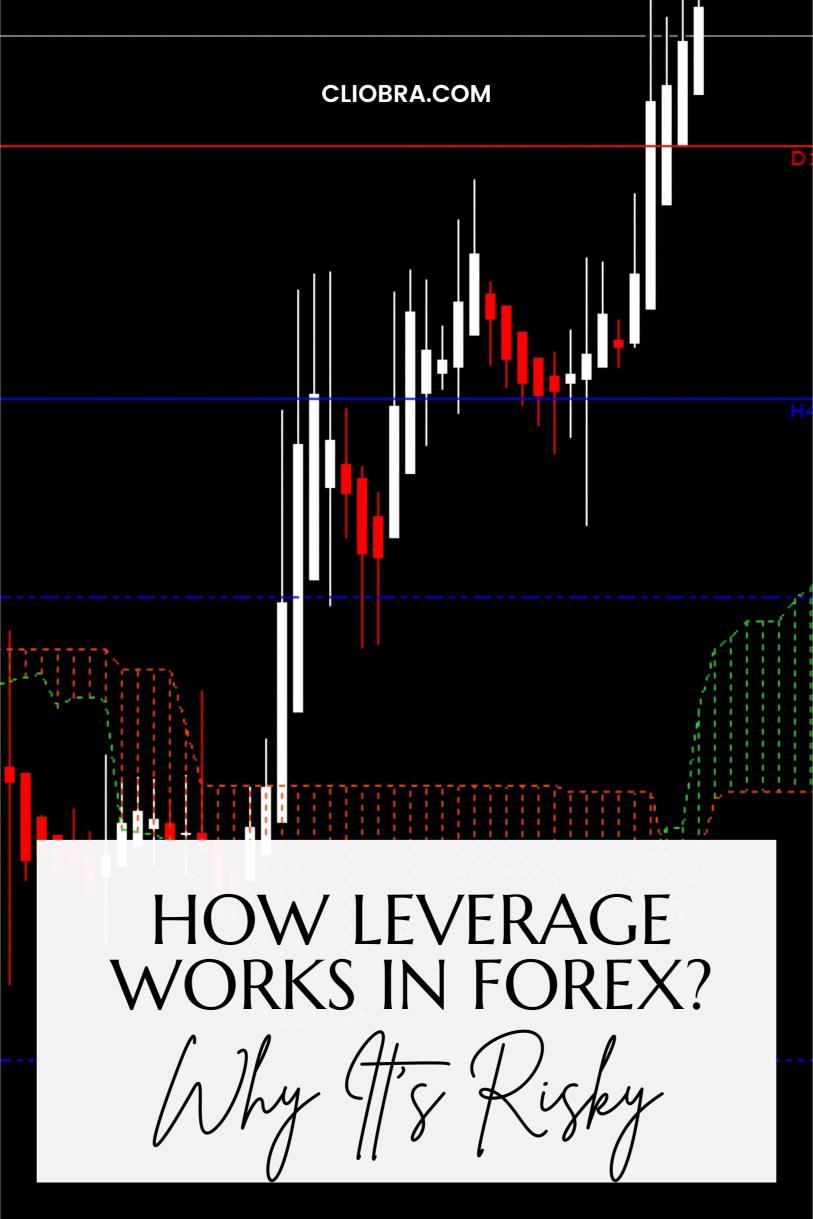Last Updated on April 1, 2025 by Arif Chowdhury
You’ve probably heard this before: “Leverage is a double-edged sword”.
And guess what? They’re not wrong.
If you’re diving into Forex trading, leverage might sound like a golden ticket to amplify your profits. But it’s also a fast track to losses if you’re not careful.
I’ve been trading Forex since 2015, and let me tell you—leveraging properly can make or break your trading career.
Here’s what I wish someone had told me when I started: Leverage is powerful, but it’s dangerous.
In this article, I’ll break down exactly how leverage works in Forex, why it’s risky, and how you can navigate it like a pro (without losing your shirt).
What Is Leverage in Forex Trading?
Let’s start with the basics.
Leverage is the ability to control a larger position in the market with a smaller amount of capital.
For example, if you have $1,000 in your trading account and you’re using a 50:1 leverage, you can control up to $50,000 worth of currency.
That’s right—$50,000, with only $1,000 in your pocket.
Now, imagine you hit it big with just a small movement in your favor. You could walk away with a lot more than your initial $1,000.
But here’s the kicker—if the market moves against you, you could lose more than your original $1,000. That’s why leverage is risky. It can magnify both profits and losses.
The Power of Leverage (And the Pitfalls)
Let’s break it down with an example.
Imagine you’re trading the EUR/USD pair, and you have $1,000 to trade with a 100:1 leverage ratio.
- If the price moves in your favor by 1%, you gain $1,000. That’s a 100% return on your investment.
- But, if the price moves against you by just 1%, you lose $1,000—all of it.
In other words, leverage can turn a 1% price movement into a huge win or a massive loss.
Here’s a quick look at how leverage scales up:
- 10:1 leverage: A $1,000 account could control $10,000.
- 50:1 leverage: A $1,000 account could control $50,000.
- 100:1 leverage: A $1,000 account could control $100,000.
The higher the leverage, the greater the potential reward and the greater the risk.
Why Leverage Is So Risky 🚨
Leverage isn’t for the faint of heart.
Here are a few reasons why it can be dangerous:
- Excessive Losses: It only takes a small market shift to wipe out your entire account if you’re over-leveraging.
- Margin Calls: If your trade goes against you and you lose too much, the broker might require you to deposit more funds or close your positions. This is called a “margin call,” and it’s something you want to avoid at all costs.
- Psychological Pressure: Leverage can mess with your mind. When you’re in a position to lose a large amount of money, the emotional stress can lead to poor decision-making.
How Much Leverage Should You Use? 🤔
Here’s the golden rule: Use leverage cautiously.
There’s no one-size-fits-all answer. But if you’re just starting, I’d recommend you stick to lower leverage ratios like 10:1 or 20:1 until you get the hang of it.
The key is to find a balance between maximizing profit and keeping your risk in check. I personally prefer to use a diversified strategy—leveraging only when the odds are stacked in my favor.
A Quick Statistical Reality Check 📊
Did you know? According to a 2020 report by the Bank for International Settlements (BIS), around 70% of retail Forex traders lose money.
Leverage is a big reason why.
Many traders jump in without understanding the full impact leverage can have on their profits and losses.
A shocking stat? Over 75% of traders using high leverage for their trades don’t last more than a year in the market.
That’s why it’s crucial to know how much risk you’re willing to take before you pull the trigger.
Leverage vs. Risk Management 🛡️
If you’re going to use leverage, you absolutely need a risk management strategy.
Here are a few tips:
- Never use max leverage: It might sound tempting, but the more you leverage, the more you expose yourself to risk.
- Use Stop-Losses: This automatically closes a position when it hits a certain loss threshold. Always set a stop-loss to protect your account.
- Diversify: Spread your risk across multiple pairs. Don’t throw everything into one trade or one currency.
For example, I run 16 different trading bots across four major currency pairs (EUR/USD, GBP/USD, USD/CHF, USD/JPY). Each pair has multiple bots diversified within it to minimize correlated losses. This approach spreads the risk and helps me stay profitable while avoiding massive drawdowns.
🚀Gain 2-5% daily ROI – Get this EA for FREE!
Why I Stick to Smart Leverage
When I first started, I learned the hard way.
I got greedy.
I used high leverage to control large positions, and I almost lost everything.
Since then, I’ve learned to use leverage intelligently.
- Smarter leverage means smaller, more manageable trades.
- Diversifying positions across different bots on different pairs has allowed me to achieve consistent profitability.
Wrapping It Up
Leverage is a powerful tool in Forex trading, but it comes with a huge caveat: Risk.
It can skyrocket your profits—but it can also wipe out your account if you’re not careful.
The key is understanding leverage, using it wisely, and combining it with a solid risk management strategy. And, if you’re looking for a more hands-off approach, I’ve got trading bots that are designed to handle the complexities of leverage for you—diversifying and protecting your investments at the same time.
So, to summarize:
- Leverage amplifies both gains and losses.
- Use lower leverage when starting out.
- Risk management is your best friend.
Remember, trading isn’t a sprint. It’s a marathon. Stay smart, stay strategic, and avoid falling into the trap of thinking leverage is the answer to instant wealth. 💸
